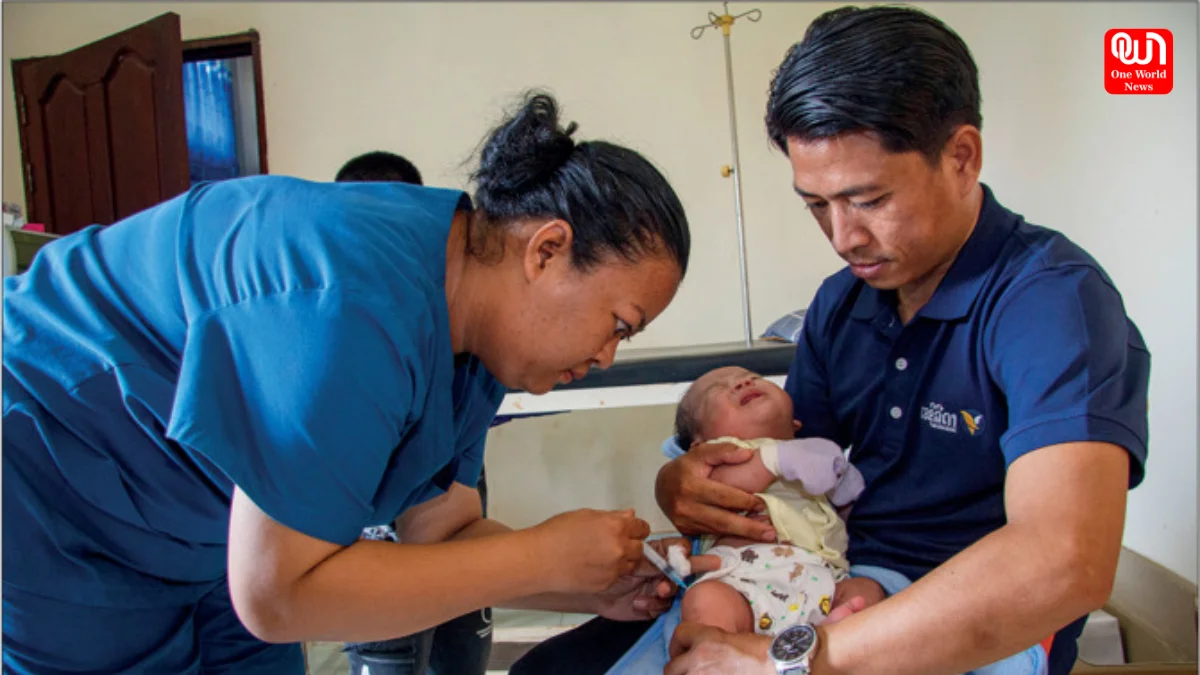Historic Low: Under-Five Mortality Rates Plummet Globally Since 2000
The achievement of a remarkable reduction in global under-five mortality rates constitutes a landmark achievement in the history of world health
UN Reports Record Low in Under-Five Mortality Rate Since 2000
The achievement of a remarkable reduction in global under-five mortality rates constitutes a landmark achievement in the history of world health, according to the United Nations. It reflects years of determination and joint endeavor by governments, international organizations, health workers, and communities around the world. The report says that the under-five mortality rate globally more than halved between the year 2000 and 2010, illustrates the remarkable achievements relating to child survival.
Thus, this massive reduction is evidence of the saving of millions of young lives due to an effective plethora of health interventions in the last decades, internationally and nationally prioritizing child health. The report also commends countries like Cambodia and Rwanda, which have made excellent progress in reducing their under-five mortality rates by more than 75% from the year 2000. These countries represent some effective examples of what can be achieved through an appropriate focus on strategic operations and effective implementation.
In several ways, this global decrease in under-five mortality could be attributed to different contributors. These include improvements in life-saving emergency obstetric and newborn health care services; an increase in vaccination coverage that protects children against preventable childhood diseases and continues to save lives; and reductions in mortality from common childhood infections, including pneumonia, diarrhea, and malaria.
Control against malnutrition, another important cause of mortality among children, has gone a long way in functioning as one of the determinants of the global decline. Programs promoting exclusive breastfeeding, micronutrient supplementation, and access to nutritious food thereby enhancing children’s resistance to illness have all helped greatly. The improvement of water and sanitation also brought about a reduction of other infectious diseases.
Another thing to learn from the stories of the successful nations is in the understanding of strategies that work. Both gave high political support to child survival and placed priority on investing in primary healthcare and community-based programs. They have also effectively coordinated with international partners and NGOs to scale up the implementation of evidence-based interventions.
In Rwanda, strengthening the overall primary healthcare system, rather than implementing disease-specific interventions, was vital. This included investments in clinic construction, training personnel, establishing strong data systems, and developing a reliable system for delivering vaccines. The government’s forward-looking plans in ‘Vision 2020’ would be aimed at improving primary care, signalling commitment toward the reduction of under-five mortality.
Read more: Chaos at Delhi Airport as Dust Storm Grounds Flights and Strands Passengers
Important progress in Cambodia is attributable to sustained declines in infant and under-five mortality over the past two decades. The reduction has occurred in the context of increased access to health services, better nutrition, and successful implementation of child health programs.It has been estimated that the national demographic and health surveys have been important in monitoring trends on various issues and determining areas for intervention. But despite this great progress globally, the report notes a plethora of challenges, with many of these children dying before reaching their fifth birthday because of preventable causes, especially in sub-Saharan Africa and Southern Asia. Inequalities with respect to access to quality healthcare still exist, with children in the poorest households and in fragile settings facing the highest risk. Therefore, an urgent need to accelerate efforts to achieve the Sustainable Development Goals-continuing with an end to preventable deaths of newborns and children under five by 2030-has been articulated in the report. To meet this target, an ongoing commitment, increased investment in child health, and targeted interventions to address the remaining inequities should be in place. Efforts will still need to be made to strengthen health systems, nutrition, and social determinants of health so that these children get a chance to survive and thrive.
We’re now on WhatsApp. Click to join.
Like this post?
Register at One World News to never miss out on videos, celeb interviews, and best reads.








